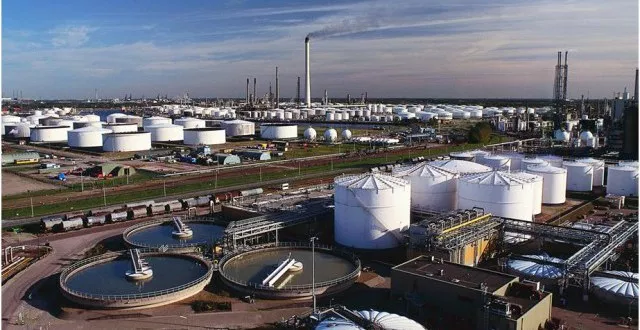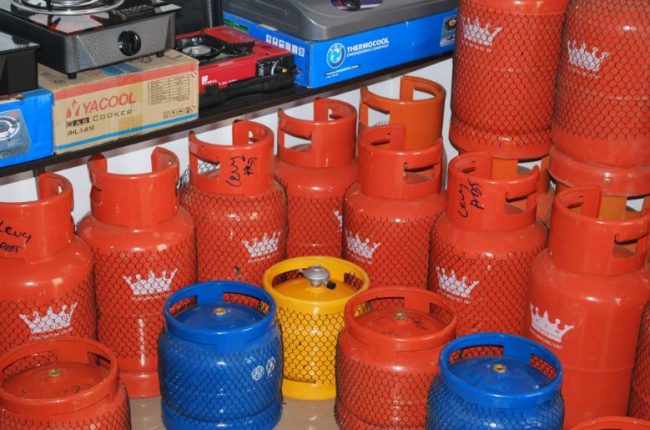Oil prices are poised to break through $80 per barrel and Asia’s demand is at a record, pushing the cost of the region’s thirst for crude to $1 trillion this year, about twice what it was during the market lull of 2015/2016.
Oil prices have gained 20 percent since January to just shy of $80 per barrel LCOc1, a level not seen since 2014.
With the U.S. dollar .DXY – in which virtually all oil is traded – also growing stronger, concerns are rising that economies will take a hit, especially in import-reliant Asia. Surging costs could have an inflationary effect that will hurt both consumers and companies.
“Asia is most vulnerable to an oil price spike,” Canadian investment bank RBC Capital Markets warned in a note this month, after oil prices hit their highest since November 2014.
Asia-Pacific consumes more than 35 percent of the 100 million barrels of oil the world uses each day, according to industry data, with the region’s global share steadily rising.
Asia is also the world’s smallest oil producing region, accounting for less than 10 percent of output.
U.S. bank Morgan Stanley said this week that diesel use contributes 10-20 percent to cash costs for miners, while oil contributes from 4 percent to 50 percent to the cost of power generation, depending on a company’s or country’s fuel mix.
“A rising oil price therefore shifts the entire cost curve higher,” it said.
China is by far Asia’s – and the world’s – biggest importer of oil, ordering 9.6 million barrels per day in April. That’s almost 10 percent of global consumption.
At current prices, this amounts to a Chinese oil import bill of $768 million per day, $23 billion per month – a whopping $280 billion a year.
Other Asian countries are even more exposed to rising oil prices. Most damage will be done to countries like India and Vietnam, which not only rely heavily on imports, but also where national wealth is not yet large enough to absorb sudden increases in fuel costs.
“Poorer countries with limited borrowing capacity may face financing difficulty amid higher import bills,” RBC said.
Unless fuel is heavily subsidized, households and businesses in poorer countries are also more vulnerable to rising oil prices than they are in wealthier nations, Reuters reports.
In developing economies like India, Vietnam or the Philippines, fuel costs eat up around 8-9 percent of an average person’s salary, according to Reuters research and figures from statistics portal Numbeo. That compares to just 1-2 percent in wealthy countries like Japan or Australia.














